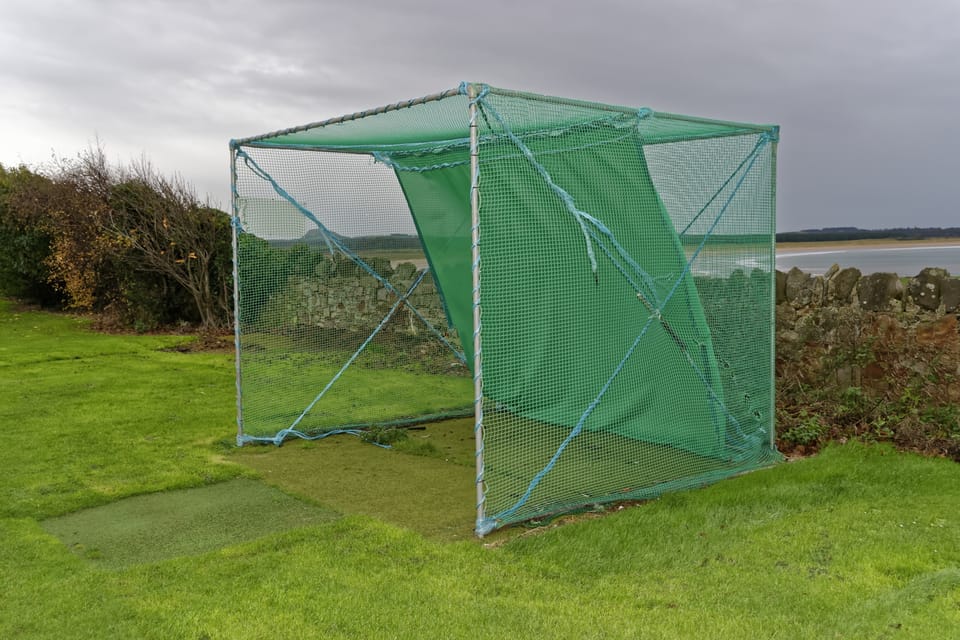Golfer’s Guide to Sharpening Your Game Anytime

Golf is a game of precision, consistency, and muscle memory — and none of those are built overnight. But if life keeps you from making regular trips to the course or driving range, building a dedicated practice area at home can keep your swing sharp and your game strong. Whether you have a spare room, a garage, or a backyard, here’s how to create an effective at-home practice space tailored to your goals and budget.
1. Define Your Practice Goals First
Before buying anything, ask yourself what you want to work on:
- Short game? You’ll need a putting mat or chipping net.
- Full swing? Look into nets, hitting mats, and launch monitors.
- Consistency and feel? Consider mirrors and alignment tools.
Your setup will depend on whether you’re working on mechanics, speed, or touch — so get clear about your goals first.
2. Choose the Right Space
You don’t need a massive yard or basement to get started — just a bit of space and creativity.
- Indoors: A spare room, basement, or garage can work well for putting mats, swing trainers, or even full swings if the ceiling is high enough.
- Outdoors: A backyard offers more space for nets, short game zones, and even turf.
Make sure you have enough room to swing freely without damaging ceilings, walls, or furniture. Safety is non-negotiable.
3. Build Your Foundation: The Essentials
Here are the core items every home practice area needs, depending on your focus:
🟢 Putting Practice
- Putting mat: Look for one with alignment guides and variable speed options.
- Putter gate or arc trainer: Helps improve face control and path.
- Mirror: Instant feedback on eye position and stroke.
🟠 Chipping & Pitching
- Chipping net: Great for garages, patios, or yards.
- Turf mat or real grass area: Focus on strike and trajectory.
- Alignment rods: Inexpensive and versatile for dozens of drills.
🔴 Full Swing
- Hitting net: A high-quality net protects your home and lets you swing freely.
- Swing mat: Mimics fairway turf and protects your wrists.
- Foam or practice balls: Safer for small spaces, though less feedback.
- Launch monitor (optional): Devices like Rapsodo, Garmin R10, or SkyTrak give real-time data on ball speed, spin, and carry.
4. Optimize for Feedback and Improvement
Practicing without feedback can reinforce bad habits. Consider these add-ons:
- Mirror or swing camera: Helps monitor form and compare swings over time.
- iPad or phone mount: Record your swing from multiple angles for self-analysis or online lessons.
- Training aids: From swing plane guides to weighted clubs, these tools keep your practice purposeful.
5. Create a Routine That Sticks
It’s easy to lose motivation if your practice space becomes cluttered or inconvenient. Here’s how to stay consistent:
- Design a pre-planned practice circuit (e.g., 10 putts, 20 chips, 20 swings).
- Track progress in a journal or app.
- Keep it clean and ready to use so there’s no barrier to starting.
Even 15 minutes a few times a week can build real improvement — especially with good habits.
Final Thoughts
An at-home practice area isn’t just about convenience — it’s about commitment. With the right setup and routine, you’ll stay engaged with your game year-round, make faster progress, and arrive at the course with confidence.
And remember: You don’t need a simulator costing thousands. A $100 setup used consistently beats a $5,000 simulator collecting dust.
